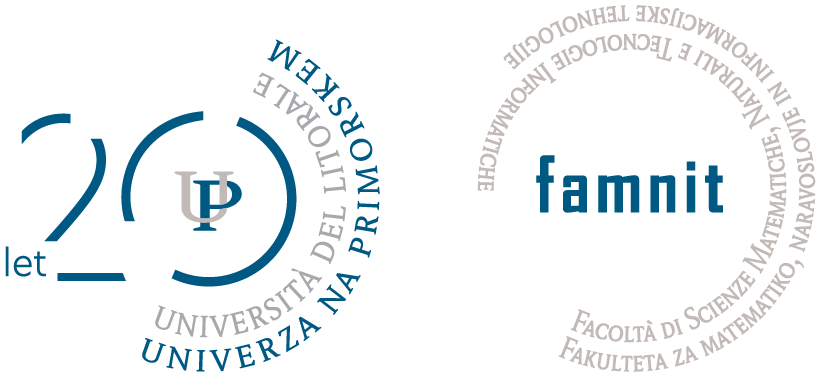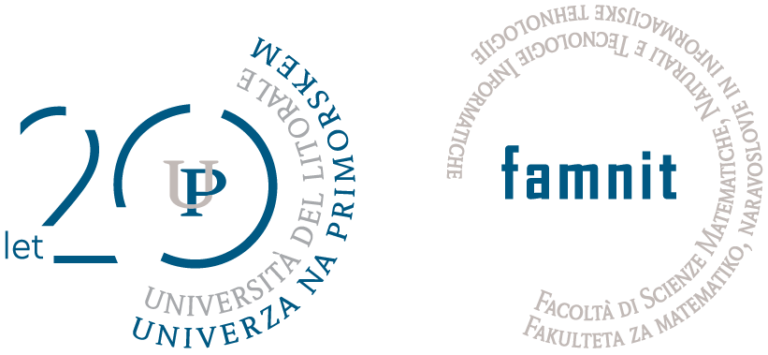Danes, v ponedeljek, 1. julija 2019, bo ob 16. uri v prostorih Fakultete za matematiko, naravoslovje in informacijske tehnologije Univerze na Primorskem (Glagoljaška 8, Koper)
predavanje v okviru PONEDELJKOVEGA SEMINARJA RAČUNALNIŠTVA IN INFORMATIKE
Oddelkov za Informacijske znanosti in tehnologije UP FAMNIT in UP IAM.
ČAS/PROSTOR: 1. julij 2019 ob 16.00 v FAMNIT-VP1
———————————————————————————————-
PREDAVATELJ: Branko KAVŠEK
Branko Kavšek has a PhD in Computer Science from the University of Ljubljana. He is an assistant professor at the University of Primorska, Faculty of Mathematics, Natural Sciences and Information Technologies, a researcher at the Department of Information Sciences and Technologies and member of the Artificial Intelligence Laboratory at the Jozef Stefan Institute in Ljubljana. His research fields include Artificial Intelligence, Data Mining, Machine Learning. In particular, the subfields of Supervised and Unsupervised Learning, Frequent Pattern Discovery and Association Rule Learning, Learning Probabilistic Models and Bayesian Networks Learning, Clustering, and Data Mining applied to Big Data.
———————————————————————————————
NASLOV: Learning causal patterns in people mobility behaviour
The work done on the OPTIMUM project will be presented on this seminar. The aim of the OPTIMUM project was to implement a smart multi-modal transit concept, involving up to 500 users in the greater regions of Vienna (AUT), Birmingham (UK) and Ljubljana (SI). The integration of various real-time traffic data sources will provide the required information to realize traffic-state aware routing and guiding the travelers towards their destination. Members of the traffic receive proactive recommendations for personalized trip and re-routing based on their personal plans, traffic information and historical data, city authorities receive predicted traffic enabling to dynamically plan and respond. Various tasks towards reaching the project goal will be presented, namely “predicting users’ mobility”, “transportation mode detection”, “visualizing mobility patterns”, and especially “identifying events and causal patterns in mobility data”.
————————————————————————————————
Predavanje bo v angleškem jeziku.


